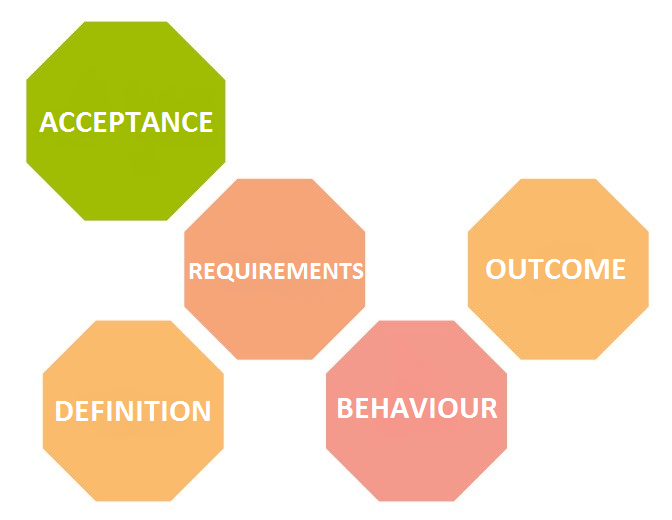September 21, 2014
A guide to excellent Acceptance Testing
What is Acceptance Testing?
Acceptance testing is the culmination of the software testing process. During acceptance testing, testers ensure that the software can handle real-life user requirements according to the specifications detailed by the product owner.
As the last phase of the testing process, following system testing, acceptance testing determines whether a given software is acceptable for delivery or not.
Acceptance testing can be carried out by an in-house team of users that weren’t involved in the development of the software. This is also known as internal acceptance testing or alpha testing, and it can involve the use of user stories that may include several acceptance tests to verify the correctness of the software’s functionality.

Additionally, acceptance testing can directly involve the end-users, who help testers assess accurately whether the product is ready to be launched. This method, known as external acceptance testing, user acceptance testing or beta testing, provides valuable feedback about the system’s performance when in the hands of the end-user.
Both methods share a similar number of steps that need to be carried out in order to implement acceptance testing successfully.
Steps to perform Acceptance Testing:
1 – Planning: The first step is to outline a strategy for acceptance testing that guides the team in interpreting the results and ensures that the whole process occurs within the desired timeframe. Planning should ideally take place early on, when the requirements are written. A common problem is that planning is done too late, worst case being a couple of weeks before acceptance testing starts.
2 – Designing test cases: Test cases are used to outline real-life functional scenarios of the software being used by the end-user. They are written in clear and simple language to ensure that the scenarios present are unambiguous and make the process easier. Test cases should be written in parallel with requirements, sometimes as acceptance criteria.
3 – Choosing a team of testers: The organisation selects a team of testers either from within the company itself or by recruiting a number of end-users online through beta testing. Testers should be wisely selected in order to represent different parts of the business. To test economy or financial features for example, specialists from accounting should be involved in testing.
4 – Executing test cases and documenting results: The testing team carries out the test cases prepared and any difficulties or bugs that crop up during their experience are logged in the testing documentation with any additional comments that explain the circumstances under which the system did not perform as expected.
5 – Fixing bugs: The development team makes the necessary changes to the software code in order to eliminate bugs. When the bugs have been fixed, the acceptance testers verify that the bugs are corrected in a proper way. This is called re-testing. Each bug report is checked for correctness. When a corrected version is delivered to acceptance testing, also a certain amount of regression testing is done. The purpose of regression testing is to make sure that no bugs have been introduced when developers corrected the bugs reported. This can be done using a set of regression test cases, typically important flows or parts where bugs often occur based on previous experience.
6 – Prepare for launch: When the software is certified to be as bug-free as possible and that is fulfills user requirements as specified by the product owner, the testing team declares the software to be acceptable for launch and the necessary preparations are made to roll out the finished product in the market.
Acceptance testing in all its forms is a crucial part of the software testing process since it indicates to the team whether the software’s functionality coincide with the requirements made at the beginning of the project.
This level of testing proves whether the software is suited to the real-world circumstances under which it will be used by the end-users and helps to reveal any bugs that need to be fixed before the product is shipped.
Acceptance testing ultimately guarantees that the end-user will be satisfied with the final product and minimises the risk for the company behind the software of having to make any fixes to the software after it is released publicly.
Share article